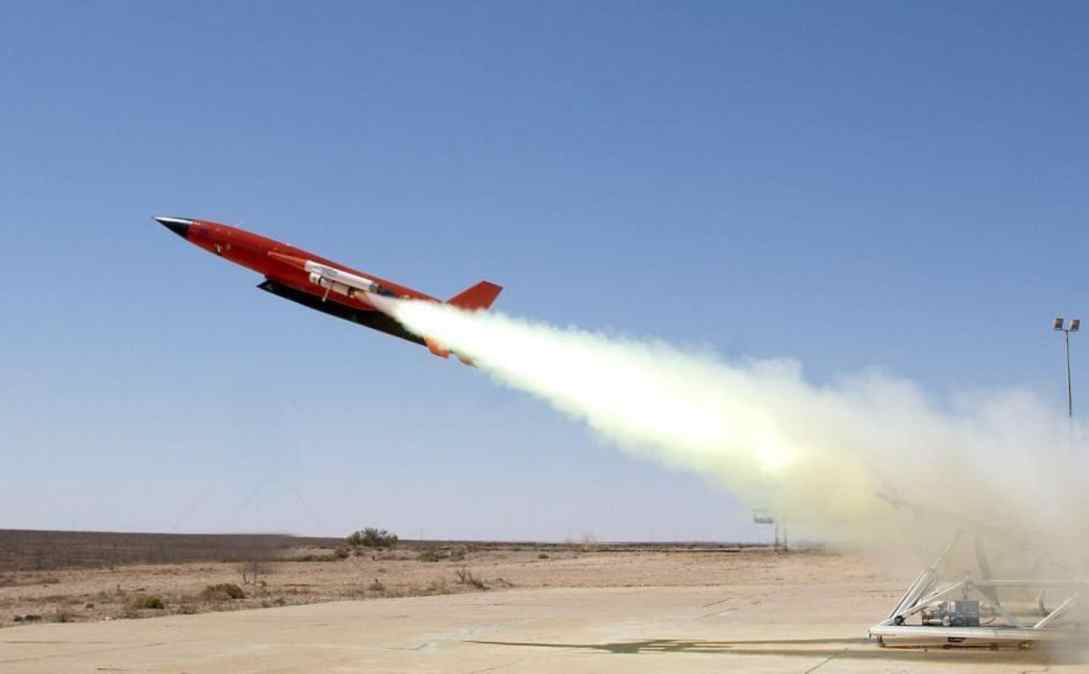Navy testing autonomous flight capabilities with aerial targets

Naval Air Systems Command has launched a new effort to integrate an artificial intelligence-enabled pilot with one of its aerial targets, laying the foundation for the service’s plans to introduce autonomous flight capabilities into its aviation fleet.
The Navy this week announced that it awarded a contract to Shield AI that will allow the company to integrate its AI pilot — dubbed Hivemind — onto the service’s BQM-177A subsonic aerial target. Under the five-year other transaction agreement, Shield AI will deliver a prototype test bed and conduct a technical demonstration in late 2025. Additional funding and work scope is expected through at least fiscal 2029, a Shield AI spokesperson told DefenseScoop.
The service first selected Shield AI as the sole-contractor on the program in March, and the Naval Aviation Systems Consortium officially awarded the contract to the company Aug. 16. The effort is being spearheaded by the Navy’s strike planning and execution (PMA-281) and aerial targets (PMA-208) program management offices.
“The Navy plans to begin digital engineering for software, networks, and autonomy in preparation for the demonstration in December 2025,” Greg Crewse, program manager for aerial targets, told DefenseScoop in an email. “The BQM-177A will serve as a versatile airborne test bed to bridge the gap between virtual simulations and live testing, offering a reliable platform for validating autonomous systems.”
Manufactured by Kratos, the BQM-177A supports the Navy’s training by replicating modern subsonic anti-ship cruise missile threats. The platform can carry various internal and external payloads to simulate different mission requirements.
“This configuration of the aerial target facilitates rapid iteration by continuously refining and updating AI algorithms through real-world feedback, ensuring that the systems are robust, reliable, and ready for operational deployment,” Johann Soto, software modernization team lead for PMA strike planning and execution, said in a statement.
Much like the other services, the Navy wants to integrate autonomous flight capabilities into its systems in order to present more platforms in future fights against high-tech adversaries. A key effort is the sea service’s collaborative combat aircraft (CCA) program, which seeks to develop a loyal wingman drone that can fly alongside its manned aircraft.
The Air Force and Marine Corps also have their own CCA efforts underway. Together with the Navy, the three services are working together to ensure their future CCA drones are interoperable and have agreed to standardize four components of their platforms.
Shield AI could not directly link their work with the BQM-177A to the CCA program, but the spokesperson said the company “will initially be demonstrating multi-agent offensive air-to-air tactics and behaviors against multiple advanced adversaries” during tests.
The BQM-177A will be the seventh aircraft Shield AI has integrated with Hivemind. Similar to technology used in self-driving cars, the software enables teams of intelligent aircraft to fly autonomously alongside crewed or other uncrewed platforms without remote operators or GPS coordinates.
“We are getting faster and faster at integrating our AI pilot onto other aircraft because we deliberately architected our AI pilot product and associated software infrastructure as an open, modular platform play that can be systematically reused across DoD hardware,” Shield AI President Brandon Tseng said in a statement.
Updated on Aug. 30, 2024, at 3:25 PM: A previous version of this story said the BQM-177A will be the eighth aircraft Shield AI has integrated with Hivemind. This story has been updated to reflect that it will be the seventh aircraft integrated with the technology, according to Shield AI.



